by Louise Irvine
In International Women’s Month, our story of fashion and the fired arts continues at WMODA with a closer look at corsets. Since the Renaissance era, the corset has been one of most notorious and controversial garments in a woman’s wardrobe. Was it an unhealthy instrument of torture and oppression worn by victims of fashion or a symbol of beauty, high fashion, and female empowerment? Chelsea Rousso’s wearable glass corsets are clearly the latter!
A Flair for Fashion
I first began exploring fashion history at WMODA for the popular Flair for Fashion show in 2014. Looking through the eyes of porcelain figure makers, such as Royal Doulton, I curated exhibits entitled Crinolines & Corsets and Casting off the Corset. While working with fashion students at the former Art Institute of Fort Lauderdale, I first met Chelsea Rousso, fashion designer, author, and teacher of trends forecasting. I soon discovered that Chelsea is also a glass artist and she began showing her innovative glass corsets at the museum’s fashion events.
Fetish Fashions
In her glass art, Chelsea explores theories of fashion and glass in relation to consumer culture by focusing on women, gender, image, and memory. She is fascinated by the history of the corset and its appeal with the punk and goth subcultures as a symbol of rebellion. Avant-garde designers, such as Vivienne Westwood, gave corsets a new lease of life making them fashionable outerwear rather than underwear. John-Paul Gaultier emphasized the subversive and fetish appeal of corsetry and Madonna wore his designs for her Blonde Ambition tour in 1990. Thierry Mugler created rigid tight-laced corsets of plexiglass, metal, and leather for his 1997 Carapace ensemble while Christian Lacroix has created spectacular evening gowns with visible corsets and bustles in collaboration with Mr. Pearl, the famous corsetier.
Chelsea’s Corsets
Chelsea has been making wearable glass corsets for the last 15 years and her work has been featured in several fashion shows organized by the Glass Art Society. Her Lulu and Vixen designs literally stole the show at the Corning Museum of Glass in 2008 with their flamboyant showgirl aesthetic accessorized with can-can skirts and fishnet stockings. The 2012 GAS conference in Toledo featured Agent Orange and Test Tube Baby, made from recycled laboratory glass, which creates an additional stir on the runway as the tubes rattle and chime when the model moves. Chelsea’s glass corsets are in high demand for cutting-edge events and her striking models often circulate at creative cocktail parties and art shows. Oceana has been particularly popular for sea-themed events in South Florida. Chelsea has overcome many technical challenges to create wearable glass that perfectly follows the form of the female body and she now makes customized outfits for a varied clientele.
Believe the Impossible
Chelsea’s Glass Fashions in Wonderland runway show launched the Believe the Impossible season of events at WMODA. Alice tumbled down the rabbit hole and onto the catwalk on January 22 wearing a gorgeous glass leopard-print corset and vintage crinoline skirt in steampunk style. Her bizarre friends from Wonderland sported Chelsea’s iconic glasskinis and glass accessories. The mad March Hare showed off his rippling abs with a new concept in men’s glass vests. Don’t miss the opportunity to see the zany cast of Wonderland in action again on April Fool’s Day at Encore & Finale. The incredible fashion show will segue into an afterparty with music by DJ Trace. Even the guests will vie for attention in glass jewelry, bowties and tiaras made by Chelsea and the Glass Girls which are available for sale at the WMODA shop.
Stays & Stomachers
Corsets incorporating rigid materials, such as whalebone or horn, were first worn by the fashionable elite in the Renaissance courts of Europe. Dressmakers replaced one-piece gowns with separate skirts and bodices that laced closed to make them fit tightly and emphasize the bosom. The corseting effect was emphasized by a stiffened stomacher fastened to the front of the bodice to add structure. This highly decorated insert panel was often lavishly embroidered and was the focal point of the dress from the 16th to the 18th centuries. Chelsea Rousso made a sensational stomacher of glass for my recent birthday celebration and fulfilled my long-held ambition to wear her glass art. The red and black glass panel enhanced my Queen of Hearts gown which Chelsea designed for the battle of the Queens at the TEAquila, Teapots & Tarts party. I can now testify personally that Chelsea’s wearable glass is very comfortable and exciting to model.
Crinolines & Corsets
The tight-laced corsets of the high Victorian period cinched women’s waists to tiny wasp-like proportions. In the movie Gone with the Wind, Scarlett O’Hara groaned about her 20-inch waist after having babies and urged her maid to lace more tightly to 18 ½ inches so that she could get back into her dresses. New inventions, including a steel front-busk fastening in 1829, allowed a woman to put on or off her corset without assistance. Corset wearing soon became widespread among the humbler classes of society. To wear a corset was to be decently dressed and feminine vanity continued to show a contempt for pain or discomfort in the hope of increasing beauty.
Casting off the Corset
Despite countless horror stories about the health problems of corsets throughout the centuries, women have been reluctant to abandon them. For a brief period during the French Revolution of the 1790s, women favored high-waisted neoclassical gowns and wore stays of linen without bones. However, it was another century before dress reformers liberated aesthetic women from the corset. By the early 1900s, Paul Poiret was waging war upon the corset advocating the brassiere and a more natural female form.
The Corset Maker
On March 8 to celebrate International Women’s Day, Chelsea will be showing her glass corsets in New York City at the launch of a fascinating novel The Corset Maker by Annette Libeskind Berkovits. This compelling story of a young Jewish corset maker follows her courageous emotional journey from girlhood, independence, war, and survival through the antisemitic violence of 20th century Europe. The author was introduced to WMODA through a friend participating in Chelsea’s creative glass workshops and plans are being made for a book-signing event at the museum.
Book now for Encore & Finale · Believe the Impossible Glass Fashions in Wonderland show on Friday, April 1 from 6pm to 9pm.
See what fun we had at the last fashion show.
Discover more in the classic reference book The Corset A Cultural History by Valerie Steele
Read The Corset Maker by Annette Libeskind Berkovits
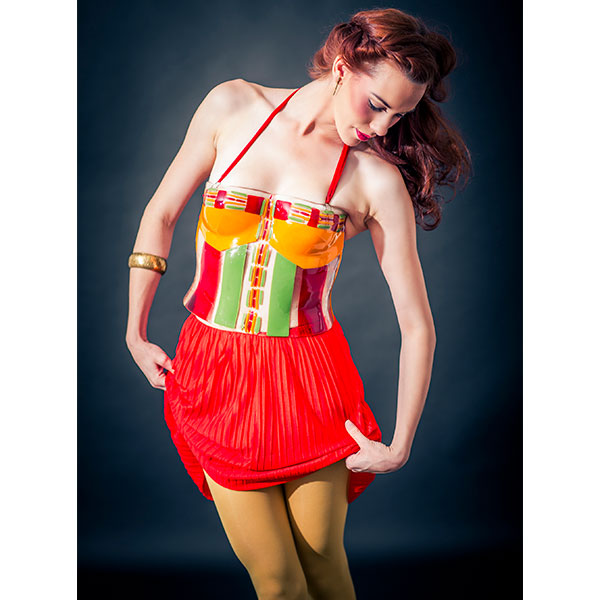
Chelsea Rousso Agent Orange
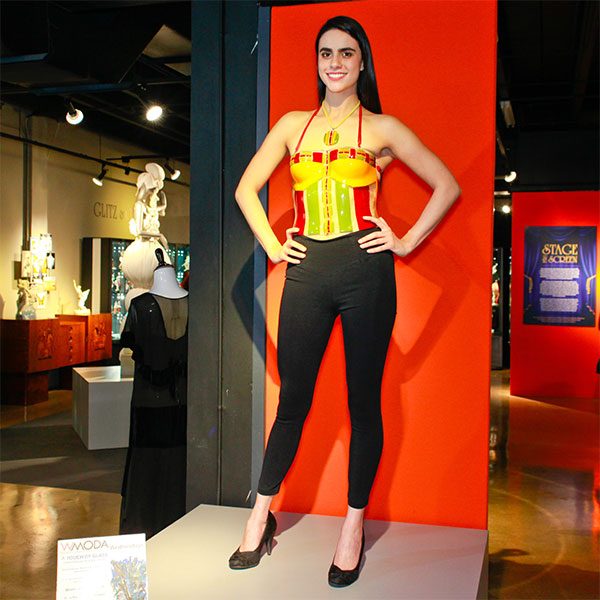
Chelsea Rousso Agent Orange
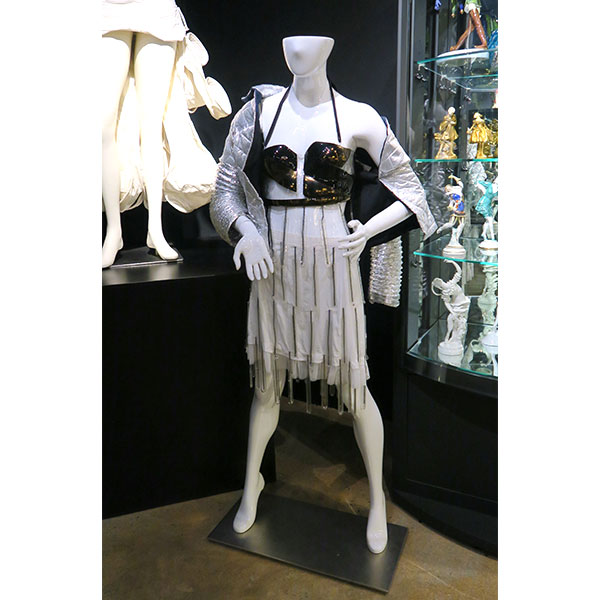
Chelsea Rousso Test Tube Baby
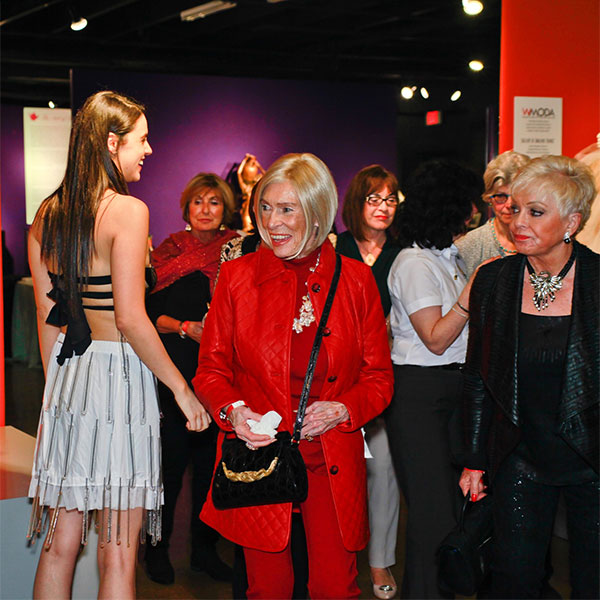
Chelsea Rousso Test Tube Baby being modeled at WMODA
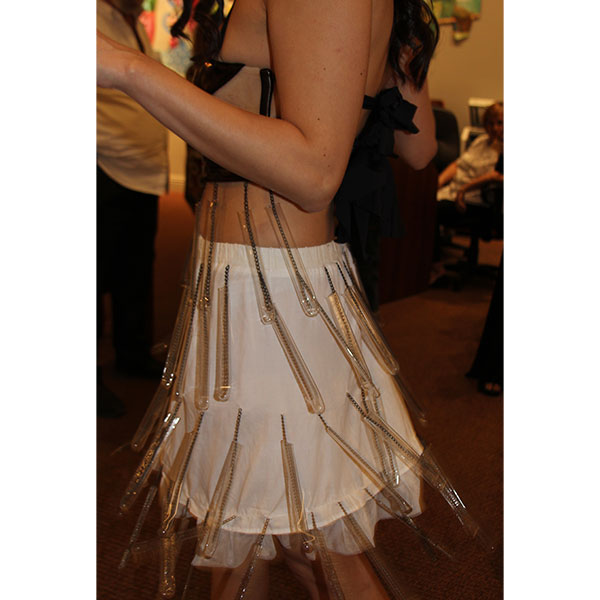
Chelsea Rousso Test Tube Baby skirt
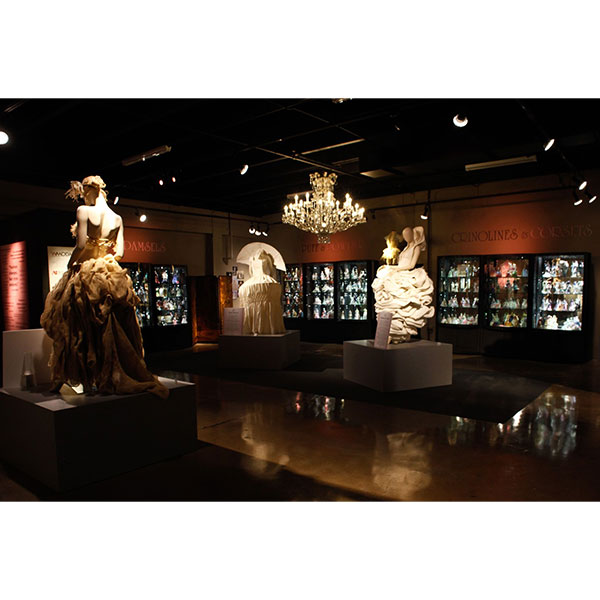
Flair for Fashion at WMODA
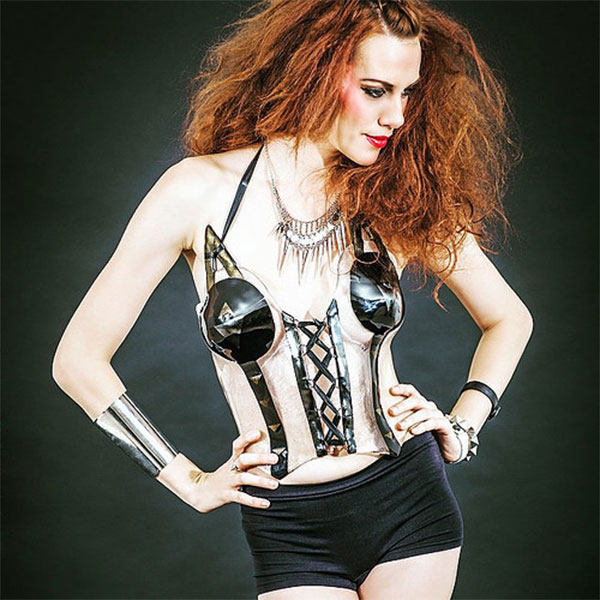
Chelsea Rousso Vixen
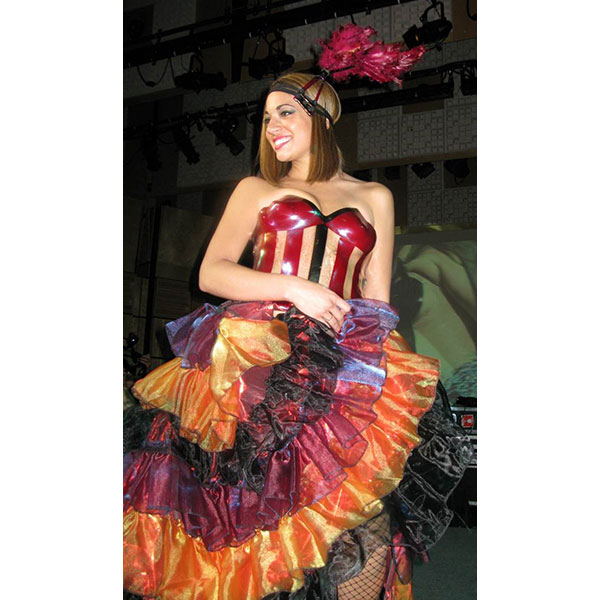
Chelsea Rousso Lulu at Glass Arts Society in Corning
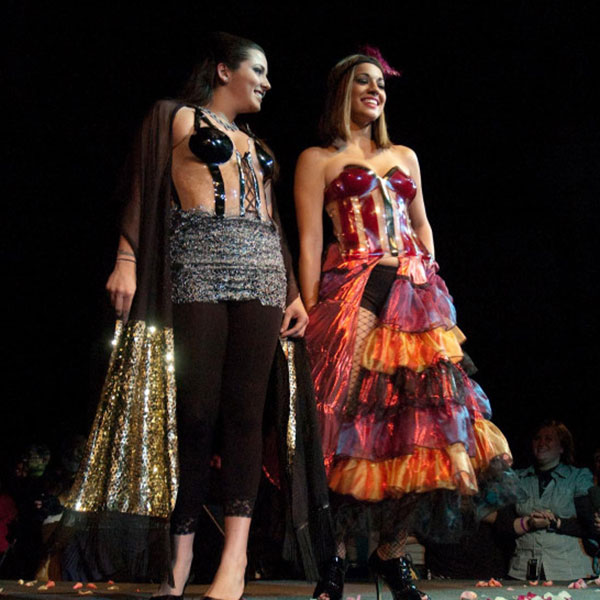
Chelsea Rousso Lulu and Vixen at Glass Arts Society in Corning
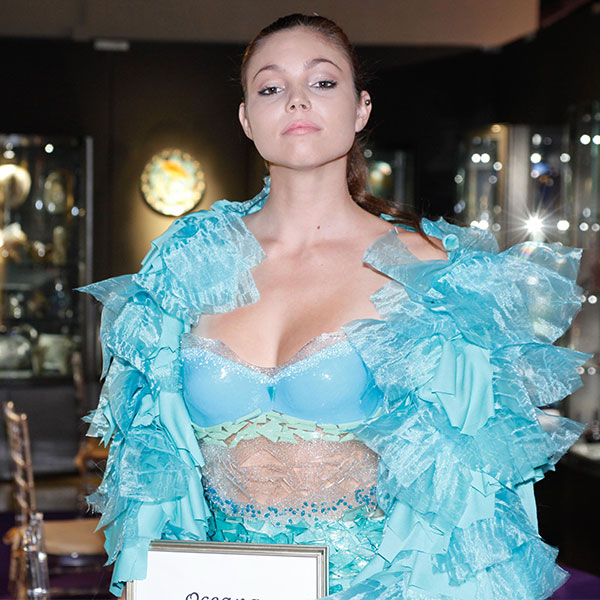
Chelsea Rousso Oceana
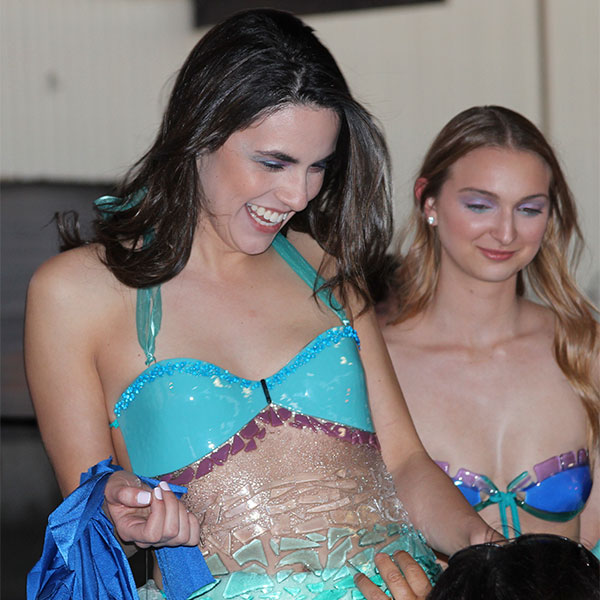
Chelsea Rousso wearable glass
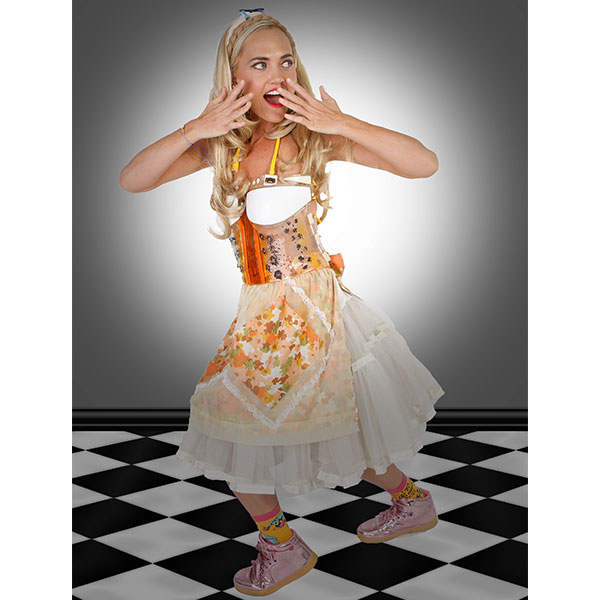
Chelsea Rousso Alice photo by Suzanne Barton
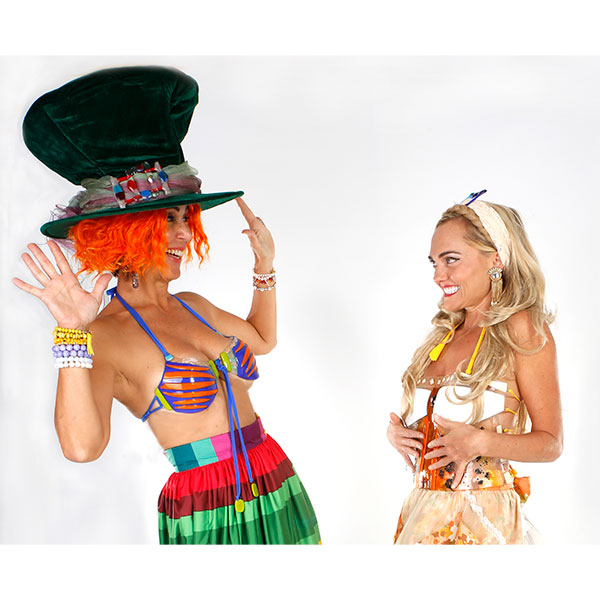
Chelsea Rousso The Mad Hattress and Alice photo by Suzanne Barton
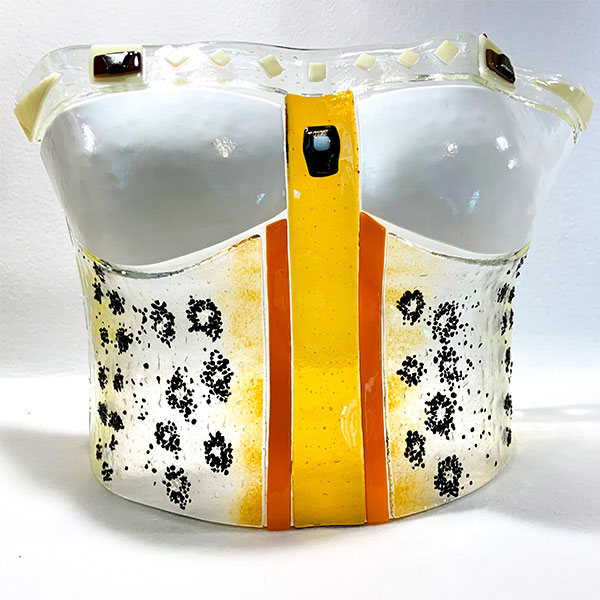
Chelsea Rousso Alice's Corset
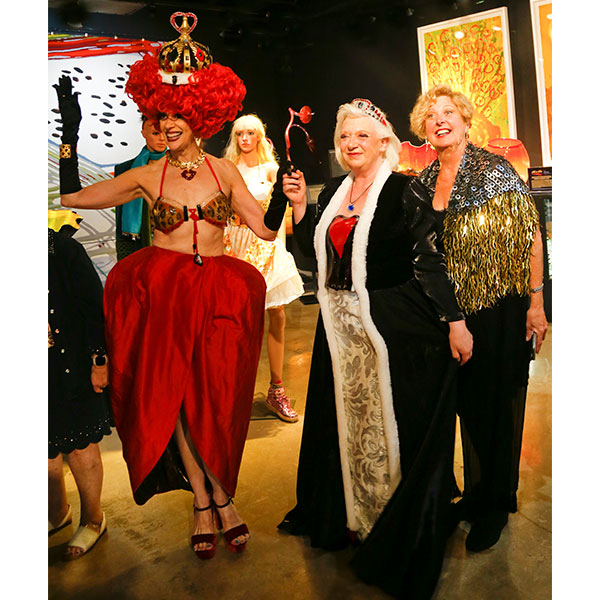
Maria, Louise and Chelsea at TEAquila, Teapots & Tarts
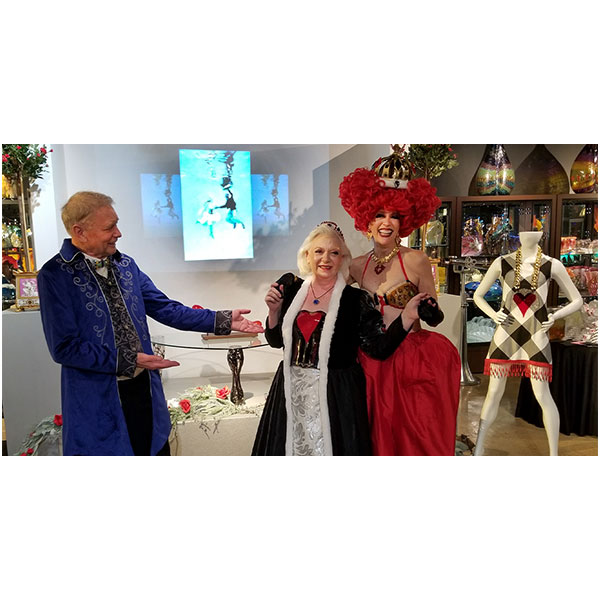
George and Louise at TEAquila, Teapots & Tarts
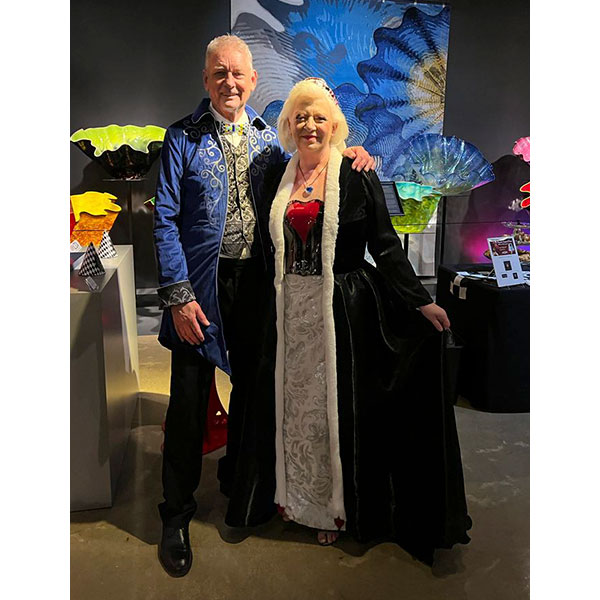
George and Louise at TEAquila, Teapots & Tarts
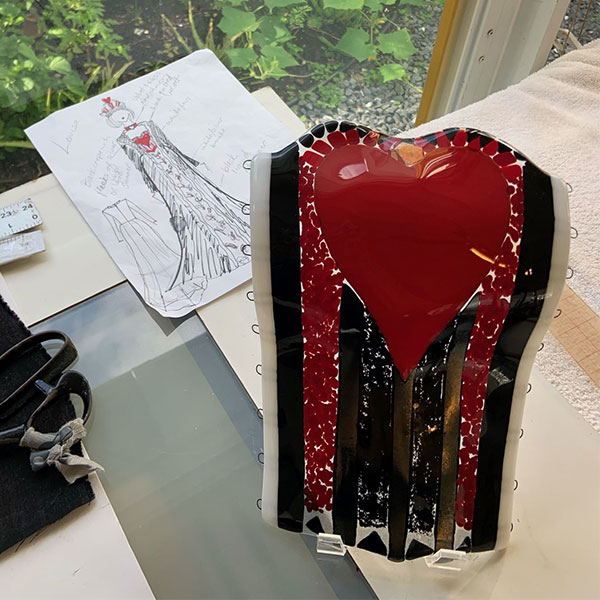
Queen of Hearts glass design for Louise
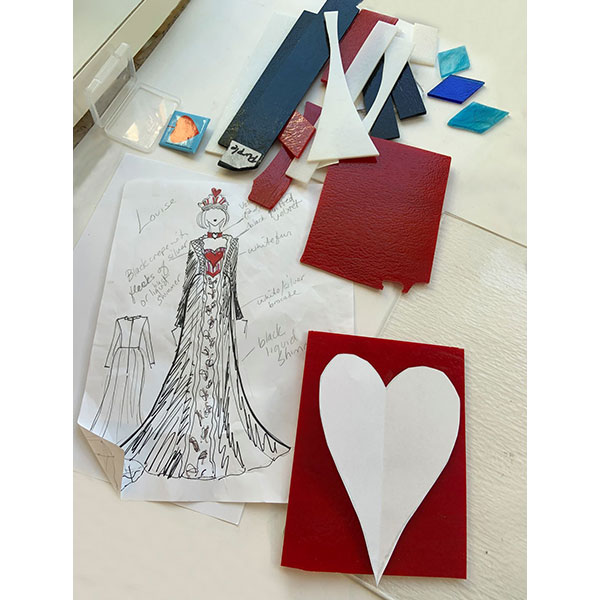
Queen of Hearts glass design for Louise
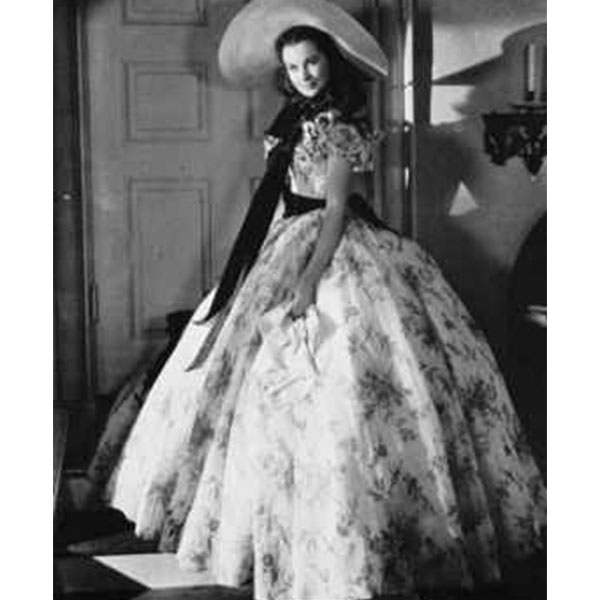
Scarlett O'Hara Easter Day
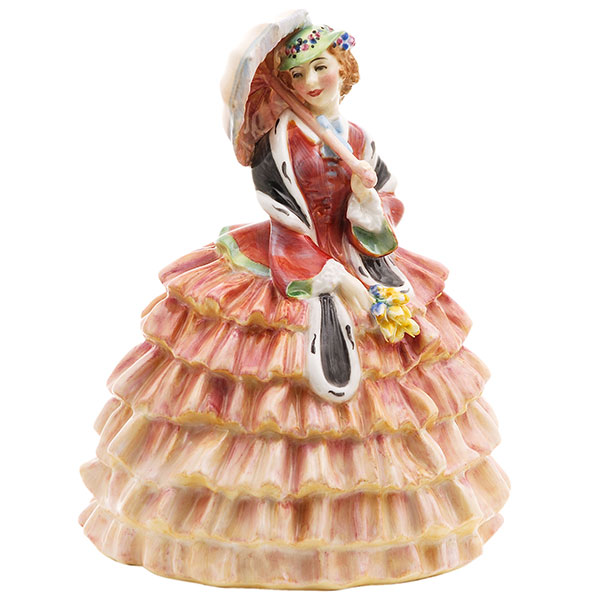
Royal Doulton Toinette
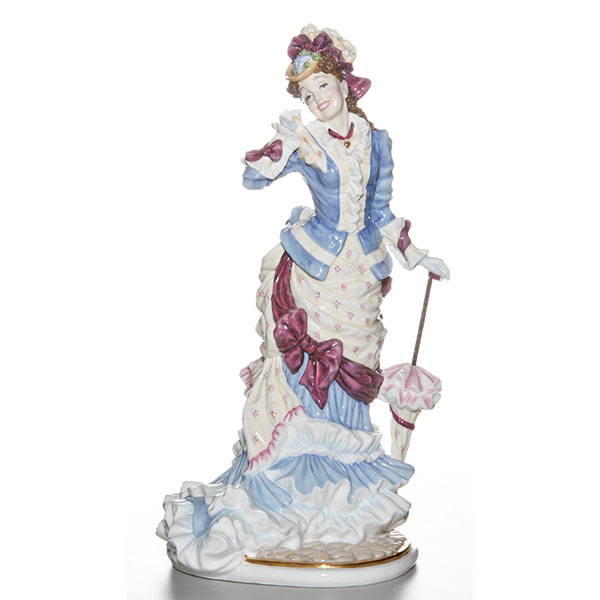
Royal Doulton Till You Return
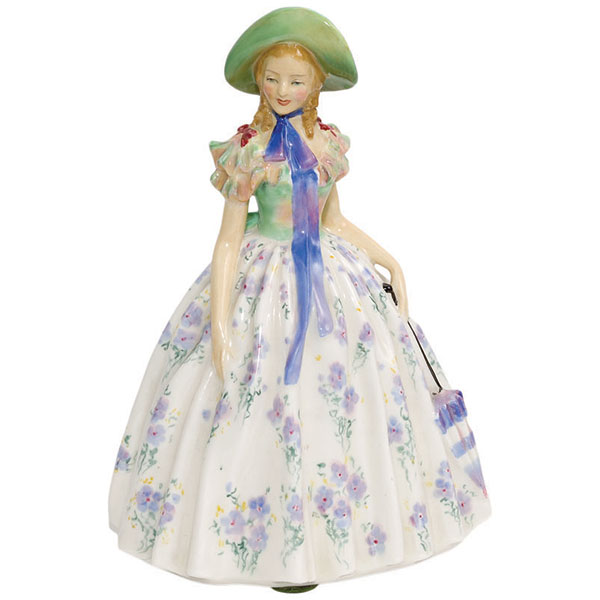
Royal Doulton Easter Day
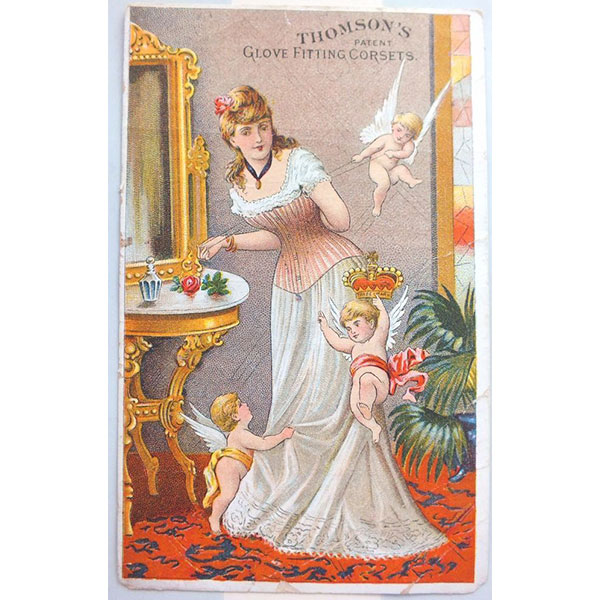
Edwardian corset
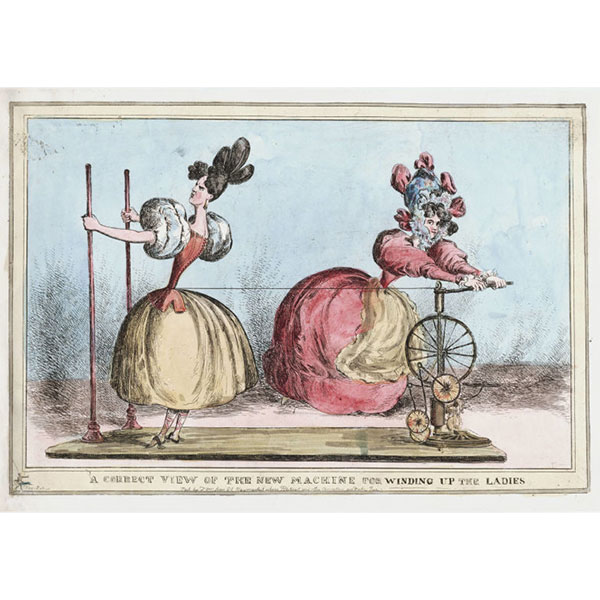
Corset cartoon
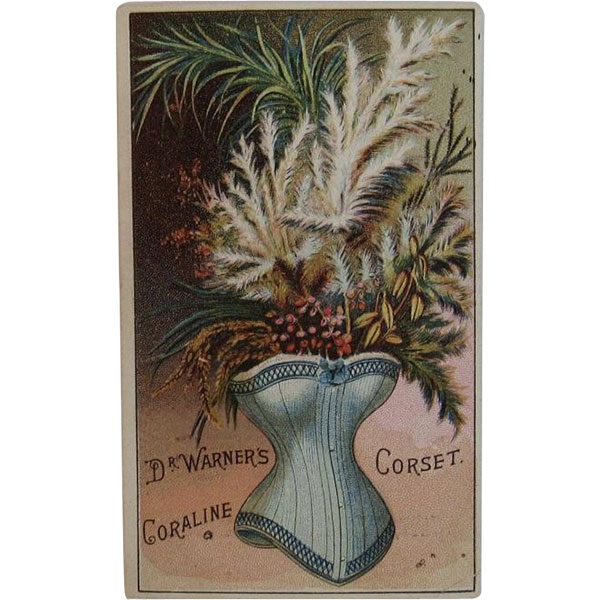
Corset ad
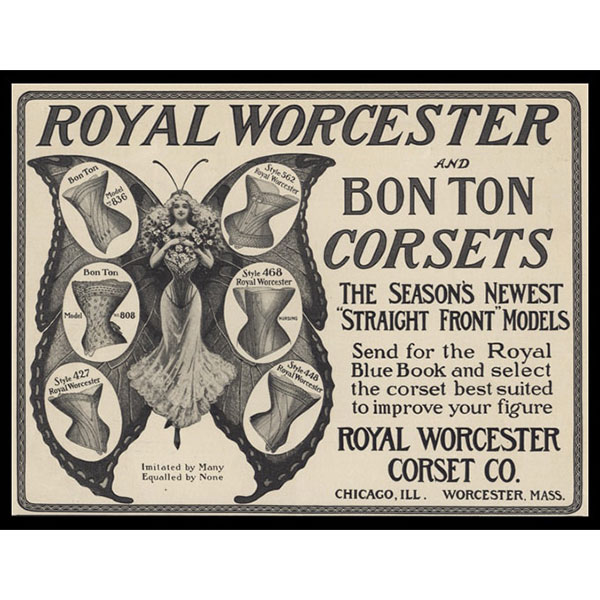
Corset ad
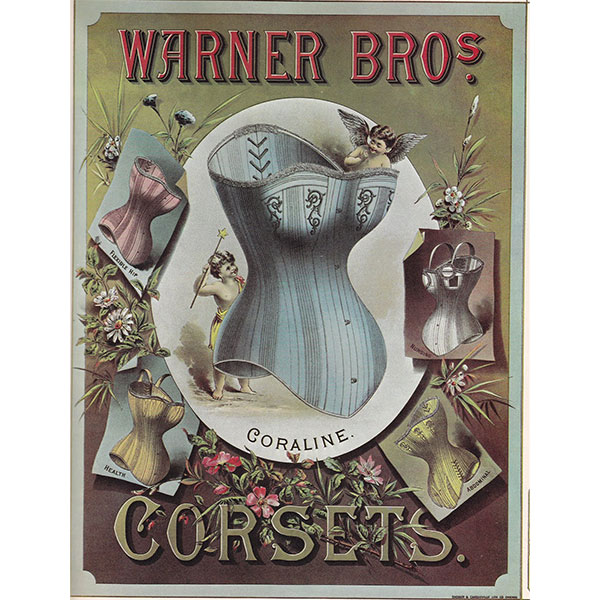
Corset ad
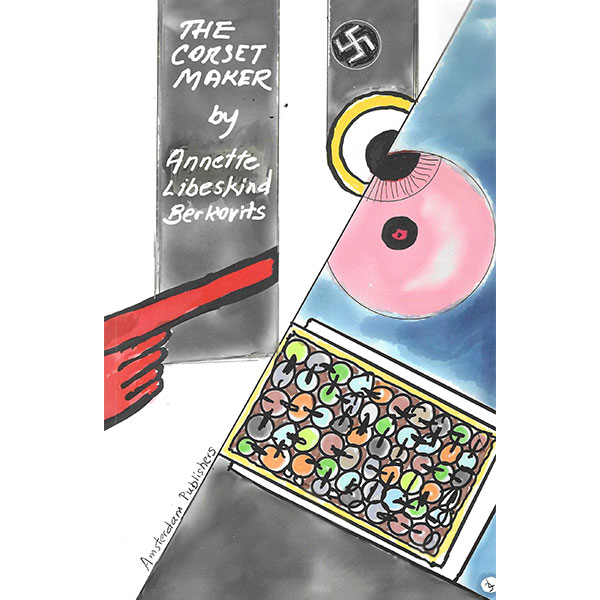
The Corset Maker by Annette Libeskind Berkovits
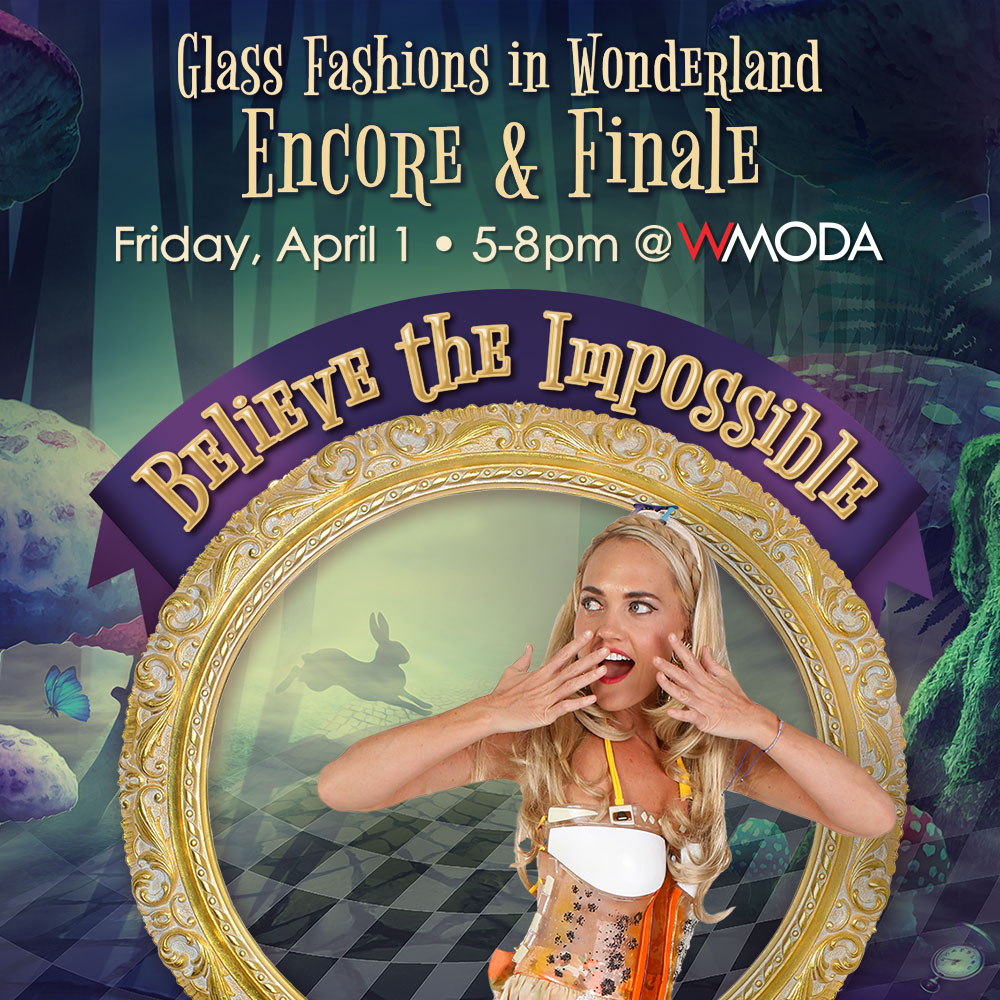
The Corset Maker by Annette Libeskind Berkovits
